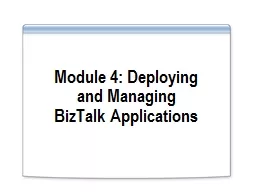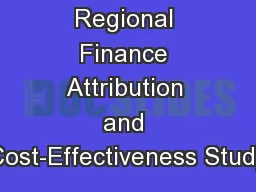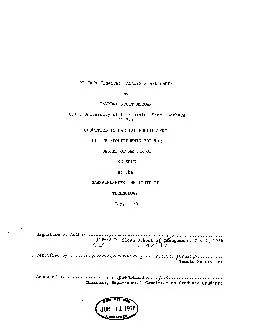PPT-Managing Cost and Finance
Author : blindnessinfluenced | Published Date : 2020-06-15
10 MA2 Ibrahim Hameem CIMA exam complete ACCA professional level student Diploma in Economics distinction Third year undergraduate reading for BSc Mathematics
Presentation Embed Code
Download Presentation
Download Presentation The PPT/PDF document "Managing Cost and Finance" is the property of its rightful owner. Permission is granted to download and print the materials on this website for personal, non-commercial use only, and to display it on your personal computer provided you do not modify the materials and that you retain all copyright notices contained in the materials. By downloading content from our website, you accept the terms of this agreement.
Managing Cost and Finance: Transcript
Download Rules Of Document
"Managing Cost and Finance"The content belongs to its owner. You may download and print it for personal use, without modification, and keep all copyright notices. By downloading, you agree to these terms.
Related Documents














